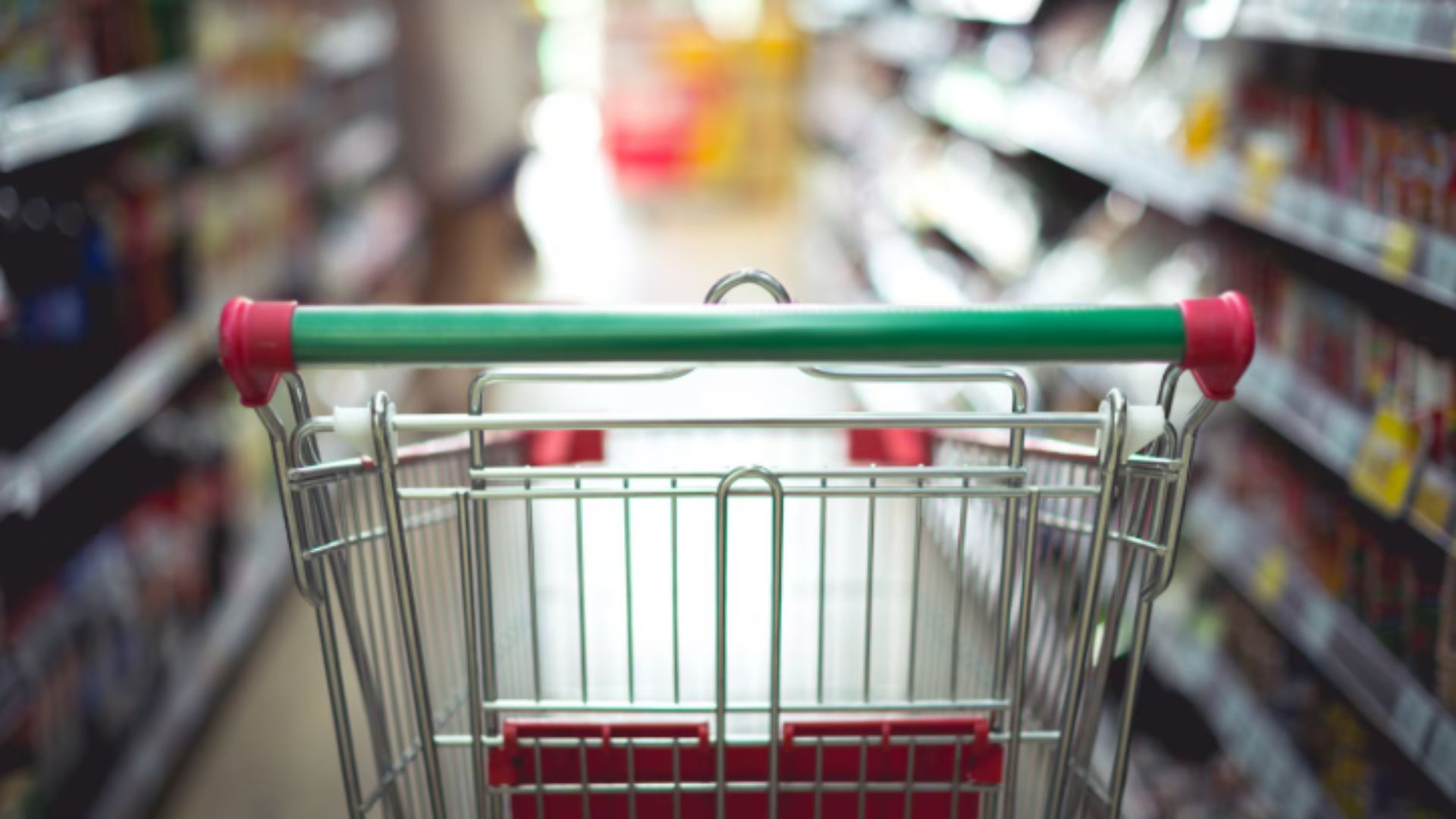
The Indian retail and FMCG sectors are navigating a mix of challenges and opportunities as we step into 2025. Budget 2025 is seen as a critical lever to rekindle consumer confidence, with expectations of measures like tax reforms, employment guarantees, and manufacturing incentives. With inflation and limited disposable income straining the middle class, these interventions could play a pivotal role in reviving consumption and driving economic growth.
Retail sales showed modest growth of 5% during the December 2024 festive period compared to the previous year, according to the RAI survey. South India emerged as the leader with a 6% surge, while quick service restaurants (QSRs) recorded the highest category growth at 10%. Sectors like apparel, food & grocery, and sports goods also reported healthy demand, reflecting a gradual but steady shift in consumer spending patterns.
The trend of premiumisation continues to dominate consumer behaviour, evolving from a niche offering to a mainstream growth driver. The rising preference for premium products, previously limited to urban areas, is now permeating rural markets, showcasing a broader shift in consumer aspirations. Companies are integrating premiumisation into their core strategies to tap into this growing demand, even as inflation persists.
In parallel, Reliance Consumer Products made a strategic move by acquiring the Sil brand, known for its packaged food offerings. This addition strengthens Reliance’s FMCG portfolio as it aims to capture a larger share of the evolving consumer market.
Finally, the liquor segment is showing resilience, with United Spirits reporting a 15% sales boost in the December quarter, driven by festive demand and an emphasis on premium offerings. This resilience, coupled with broader consumption recovery strategies, underscores the evolving dynamics of the Indian retail and FMCG landscape.
Click on the headings below for insights on how these trends are shaping India’s retail landscape…
1. Boosting consumption: Can Budget 2025 rekindle demand for shopping?
After a challenging period, industry stakeholders and experts predict a rebound for the fast-moving consumer goods (FMCG) sector, with consumption growth expected to surge in 2025.
2. RIL adds jam brand Sil to FMCG portfolio
Reliance Consumer Products has acquired the Sil brand, which specialises in packaged food items for an undisclosed amount. The Sil range includes cooking pastes, jams, mayonnaise, Chinese sauces, and other food items.
The Indian retail sector has witnessed a sales growth of 5 per cent in December 2024 compared to the same festive time period last year, according to the Retail Association of India's(RAI) 55th Retail Business Survey released on Monday.
4. Unlocking India's Consumption Potential: Budget 2025
India's consumption story, driven by a growing middle class and urbanization, faces challenges like limited disposable income and inflation. The Budget 2025 offers an opportunity to stimulate consumption through employment guarantees, tax re-evaluation, and manufacturing incentives, aiming to enhance consumer confidence and boost economic growth.
5. Demand for alcohol more resilient than several consumer goods segments, says Diageo India MD
Demand for liquor in India showed improvement in the December quarter due to increased consumer social occasions and overall festive sentiment. United Spirits experienced a 15% sales growth, driven mainly by the premium segment and resilient demand during the festive season, despite economic challenges and previous declines.
6. How premiumisation trend is driving consumer goods sales amidst high inflation
Initially a niche segment, premiumisation is now an integral part of companies' growth strategies, with the preference for premium products no longer confined to urban areas.
7. RAI survey reports 5% retail growth in festive period; South India leads with 6% surge
QSR registered the highest growth of 10 percent, followed by apparel, food & grocery and sports goods each showing growth of 7 percent compared to December 2023 period last year.


 2 minute read
2 minute read


